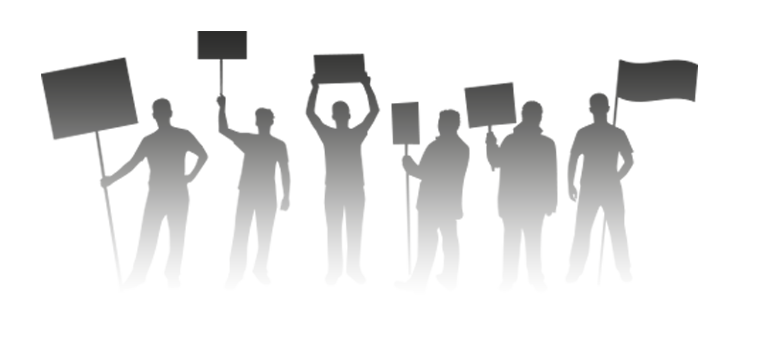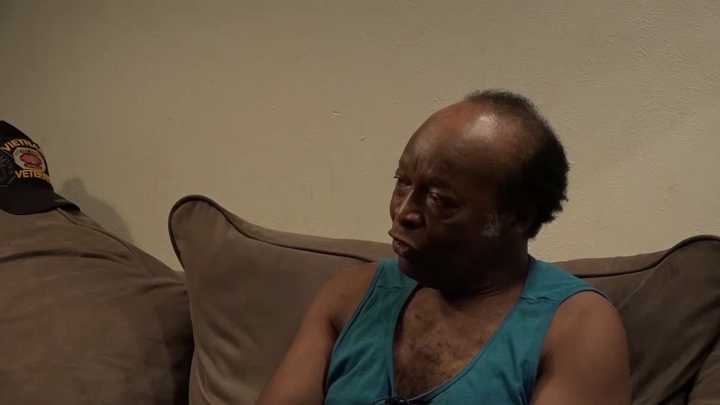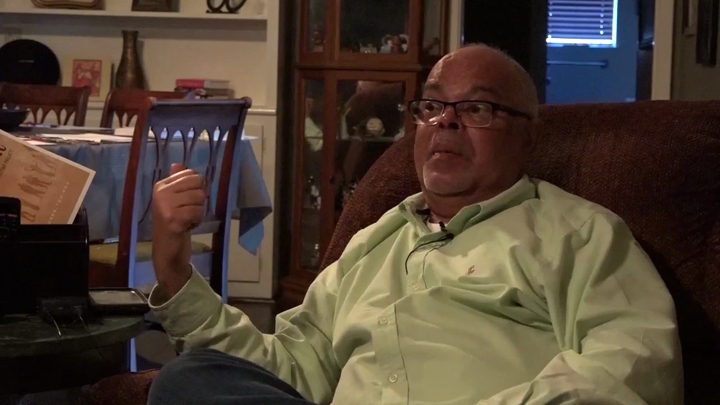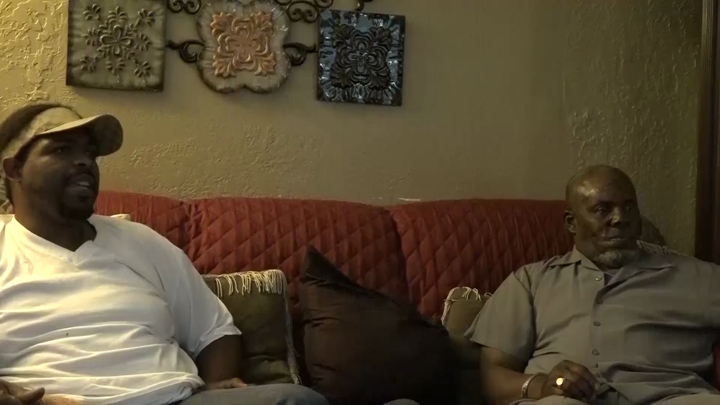Calyen / Black Power Activism in New York, Part Two
sign up or sign in to add/edit transcript
Calyen: At that time, they’d had the Harlem Riots. People had just rebuilt so they didn’t want another riot, so they would see these activists out there and they’d start—Bloomstein’s was one of the stores. They didn’t have many black people working, but after they protested and rioted in front of the stores, they hired more black people. Interviewer: So, you saw more successes, I guess, in terms of activism and protest and demonstrations in New York? Calyen: Yeah, sure. Interviewer: You mentioned the Black Panther Party. So, in that time period with you going there, they were very prominent in New York. Also, the New York Twenty-One were on trial during that time period. Do you remember anything about that case or the Black Panthers? Calyen: Yeah, just reading about it and I remember Angela Davis had something going on in Oakland with the Black Panther Party. They had on 116th Street and Lennox Avenue, she came and spoke in front of the crowd there. They talked about how she was being mistreated. At that time, he brother Ben, he was a football player. He played with Cleveland. I don’t know if y’all remember him, but he got blackballed from football because of his sister. Yeah. Angela Davis goes back to that bombing in Alabama where they killed those teenage kids and she was able to escape and that kind of followed her the rest of her life even though she was cleared of any type of bad conduct or misconduct. She was cleared. That was one way that they tried to hurt her was by hurting her brother. Interviewer: Do you think black radicalism was supported more in New York than it was in Conroe? Calyen: Oh yeah, sure. Interviewer: So, you lived in New York for twenty years? Calyen: Twenty-six. Interviewer: Wow, twenty-six years. How did New York change over that time period? Calyen: During that time period, I was able to see—John Lindsey was the mayor at that time, but I was able to see a black mayor. Able to see Jesse Jackson up-close in-person a lot of times. He would come and do these Rainbow Coalition talks and the different churches who had real prominent pastors. Pastor Walker. He was one of Martin Luther King’s right-hand men. Nathaniel Tyler Lloyd. Those preachers who were so prominent, they’d have huge followings. They would sit up under them and listen to some of the things that were being addressed and being said that should be given some type of looking at or some type of going over.
| Interview | Interview with Henry Calyen |
| Subjects | Family › Marriage |
| Work | |
| Geography › Places (Cities, Towns, Neighborhoods, and Intersections) | |
| Education | |
| Court Cases | |
| Military › Veterans' benefits | |
| Direct Action › Marches | |
| Black Power | |
| Black Power › Black Panthers | |
| People › King, Martin Luther, Jr. | |
| Direct Action › Protests | |
| Family › Siblings | |
| Tags | Chisholm, Shirley |
| Jackson, Jesse | |
| Towers, Teresa | |
| Angela Davis | |
| sign up or sign in to add/edit tags | |
| Interview date | 2016-07-06 |
| Interview source | CRBB Summer 2016 |
| Interviewees | Calyen, Henry |
| Locations | New York, USA |
| Conroe,TX | |
| Duration | 00:03:37 |
| Citation | "Black Power Activism in New York, Part Two," from Henry Calyen oral history interview with , July 06, 2016, Conroe, TX, Civil Rights in Black and Brown Interview Database, https://crbb.tcu.edu/clips/3504/black-power-activism-in-new-york-part-two, accessed January 05, 2026 |






